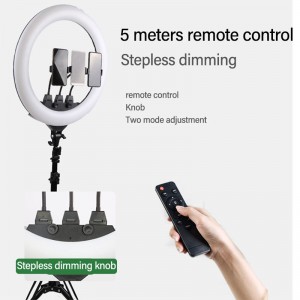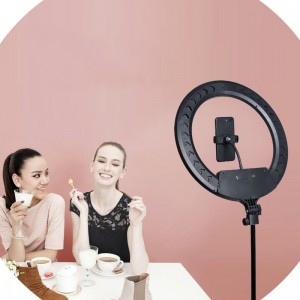What is the difference between fill light and flash
The flash is a temporary flash; the fill light can continue to illuminate like a fluorescent lamp.
Supplementary light: The so-called supplementary light is a kind of lamp used to compensate the lighting of some equipment or plants due to lack of illuminance. At present, there are usually three types of supplementary lights that people call. One is the supplementary light of the camera greenhouse (also called the plant supplementary light), the supplementary light of photography (also called the photography light or the supplementary light of the camera), and the supplementary light of the license plate ( Also called white light).
The English scientific name of flash is Flash Light. Flash is also one of the ways to enhance exposure, especially in dark places, it helps to make the scene brighter.
The full name in Chinese is “electronic flash”, also known as high-speed flash. The electronic flash lamp stores high-voltage electricity through a capacitor, and the pulse trigger discharges the flash tube to complete an instant flash. The color temperature of the usual electronic flash is about 5500K, which is close to the color temperature under the sunlight during the day. The luminous nature is cold light, which is suitable for shooting objects that are resistant to heat.
Performance comparison and applicable occasions of LED lights and flashlights
In addition to small flashes, after high-power LED lights have gradually matured and improved color temperature and color rendering performance, LED lights have also become one of the optional light supplement devices that are easy to carry.
However, there are still many differences between high-power LED lights and flashes in their application methods, application areas, and lighting thinking. It’s not just that the light source is so different from the instant light source.
First of all, we can first look at the intensity of the light, which will affect our soft light, light quality scheme and application occasions.
The light metering is done in a completely dark environment. Compared with the flashlight, the working output of the 15W LED light is still less than 1/128 of the output of a high-power GN 38 flashlight.
In other words, LED lights are still only suitable for use in low-light environments, don’t expect it to have obvious effects in the sun.
In dim light, if you want to preserve the air in the site environment, instead of using each area as a shed, the ratio is small and uniform light. At this moment, LED lights can come in handy.
There are of course many details in practice, such as light direction, light scale control, and light quality control. For a light source that only needs two levels of operating space at ISO400, this is still a challenge.
Regarding the use of high-power LED lights, my first proposition is to treat it as a link in all lighting schemes, especially at low light levels, it will perform well. But don’t just rely on it. The flexibility and application scale of the flash are obviously still much larger than it!
Post time: May-26-2021 BACK





